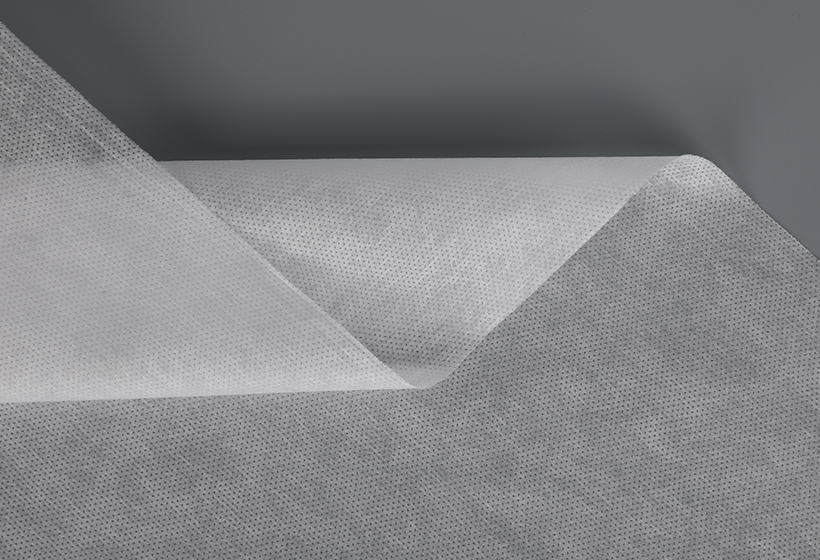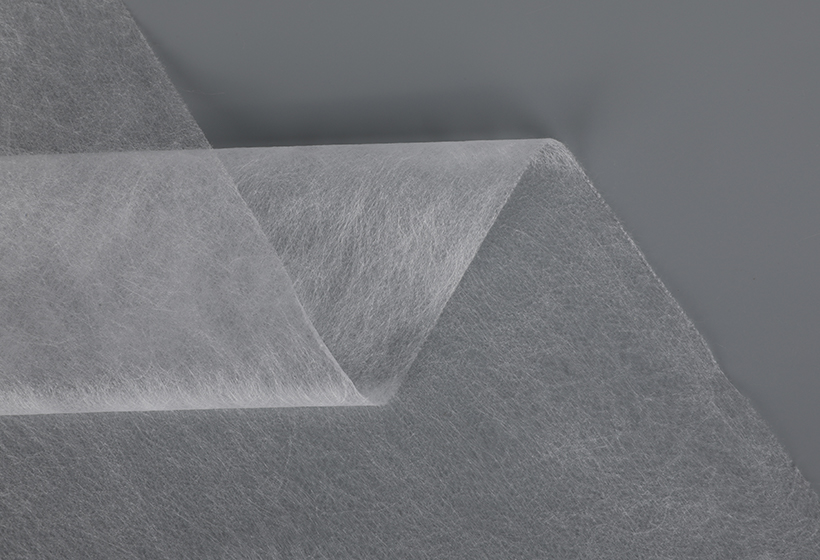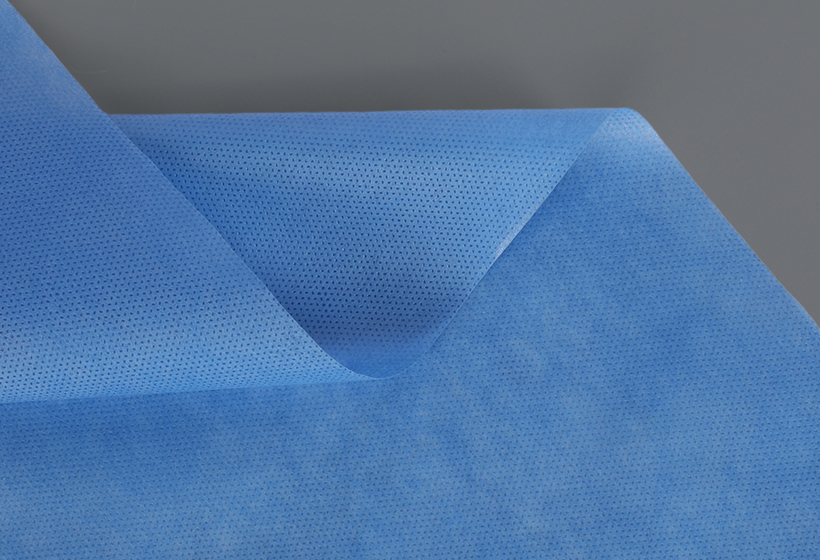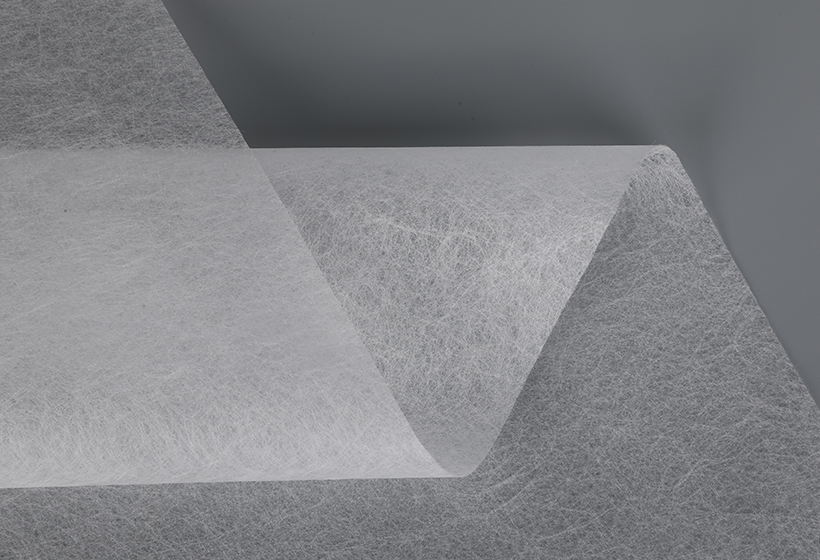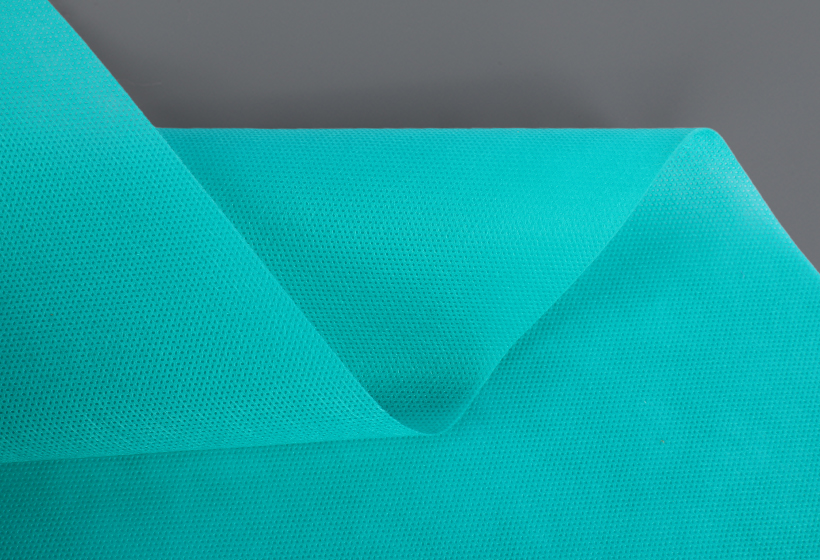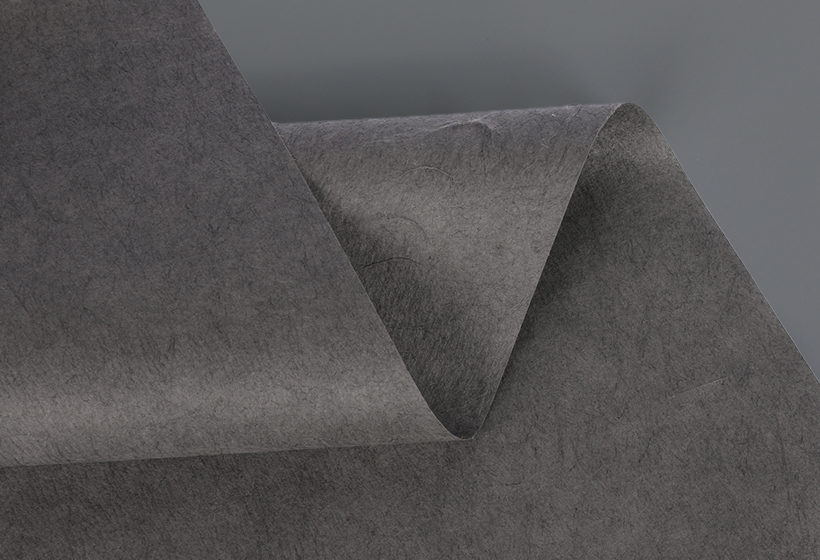Non-Woven Fabric
Nonwoven fabric is a versatile material that has many advantages. It is lightweight, tough, elastic, breathable, and water resistant. Moreover, nonwovens have high absorption capacities and are resistant to a variety of temperatures. This fabric also has good drapeability and can be easily dyed and sewn.
Non-woven fabric is commonly used in the agricultural industry. It is used as a mulch to protect crops from pests and diseases and can even increase soil temperature. The material is lightweight and can be produced cheaply. Furthermore, it has a wide range of applications and is also environmentally friendly. Non-woven fabrics can be used in greenhouses, where they can maintain the temperature inside the greenhouse. Besides, non-woven fabrics can also prevent bacterial growth and maintain soil moisture levels.
A nonwoven fabric can be any thickness and can be flat or flexible. The nonwoven fibers are usually biodegradable, and made from natural fibers. The process of nonwoven fabric manufacturing involves the use of different methods for binding fibers. Some of the main methods include mechanical, thermal, and chemical methods.
A nonwoven fabric is made from long and short fibres bonded through solvents, heat, and mechanical processes. The fibres are bonded with each other in a specific way and this produces nonwoven materials with good strength and flexibility. However, despite the many benefits of nonwoven fabrics, some drawbacks of these materials should be kept in mind.
Non-woven fabric is often used in many everyday applications, such as wet wipes, face mask fabrics, and medical non-woven fabrics. Spunlace non-wovens are made using high-pressure jets on a fibre web. This process causes the fibers to form a lace-like pattern and a highly absorbent surface.
While non-wovens are often used for disposable products, they have a wide range of industrial uses. They are often light-weight and cost-efficient, making them an excellent option for disposable products. For instance, they can be used in carpet backing and upholstery linings. These products also have many uses in the construction industry.
There are many different suppliers of non-woven fabrics. Some companies specialize in a particular type, such as polyethylene non-woven fabric. Some other companies specialize in a certain industry, such as metalworking and plastics. However, the vast majority of non-woven fabric suppliers are small businesses. Small, diverse companies have more flexibility and can provide better customer service.
Non-woven fabrics are stronger than woven fabrics, but their durability depends on how they are made. Some non-woven products are thinner, while others are thicker and stronger. The material chosen for a particular application must be strong enough to withstand repeated wear. The cost of non-woven fabric depends on the fiber type.
Non-woven fabrics are used in many different industries, including medical packaging, industrial workwear, and household products. They are inexpensive and easy to produce, and are a great alternative to woven fabrics. In addition to their low-cost price, they are durable and can be recycled.
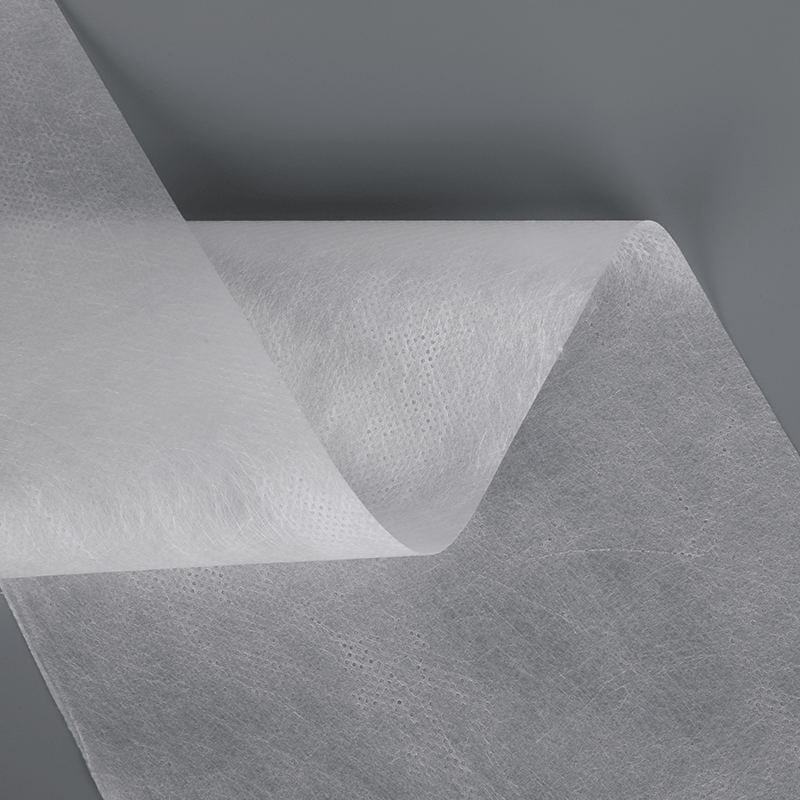 Fully Degradable PLA Polylactic acid
Fully Degradable PLA Polylactic acid
Weight:10gsm-200gsm
Width:1.6m
Color:White
Capacity:5 tons/day
Applications:: filter bags, tea bags, dust bags, etc
PLA, or Polylactic Acid, is a biodegradable plastic made from renewable resources such as corn starch, sugarcane, or cassava. Nonwoven fabrics are made of fibers that are bonded together, rather than woven or knitted. This nonwoven fabric is made of 100% polylactic acid (PLA), a fully bio-degradable material that can be added to the compost pile. Unlike polypropylene (standard nonwovens), PLA is both compostable and repulpable, meaning that when you put your PLA material in a commercial composting facility, it will break down completely into water, CO2 and humus within six months.


 English
English Español
Español
